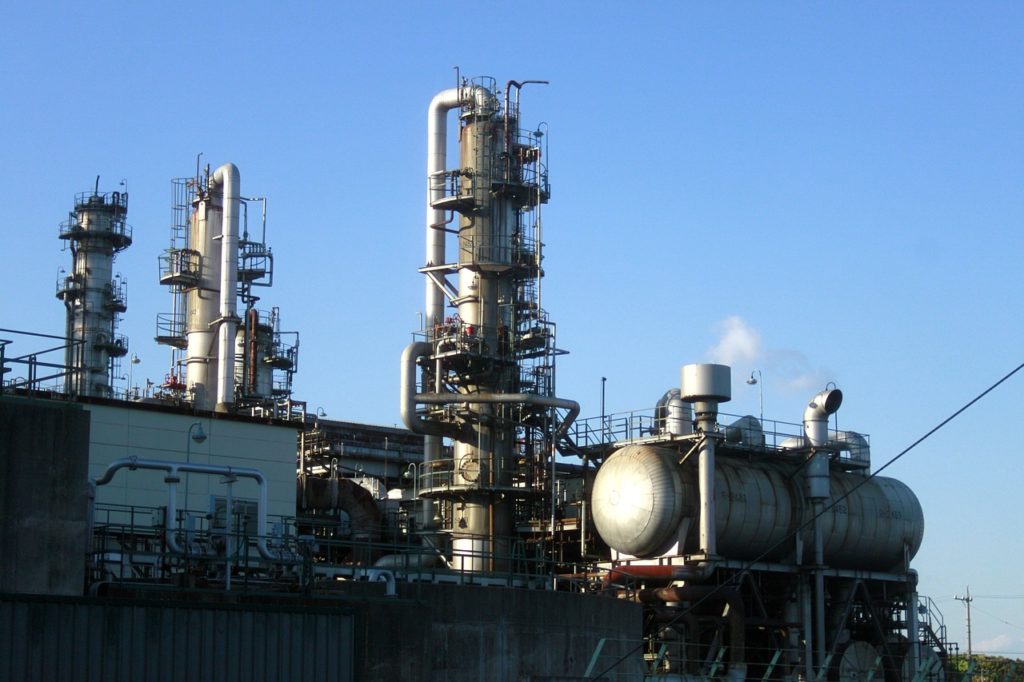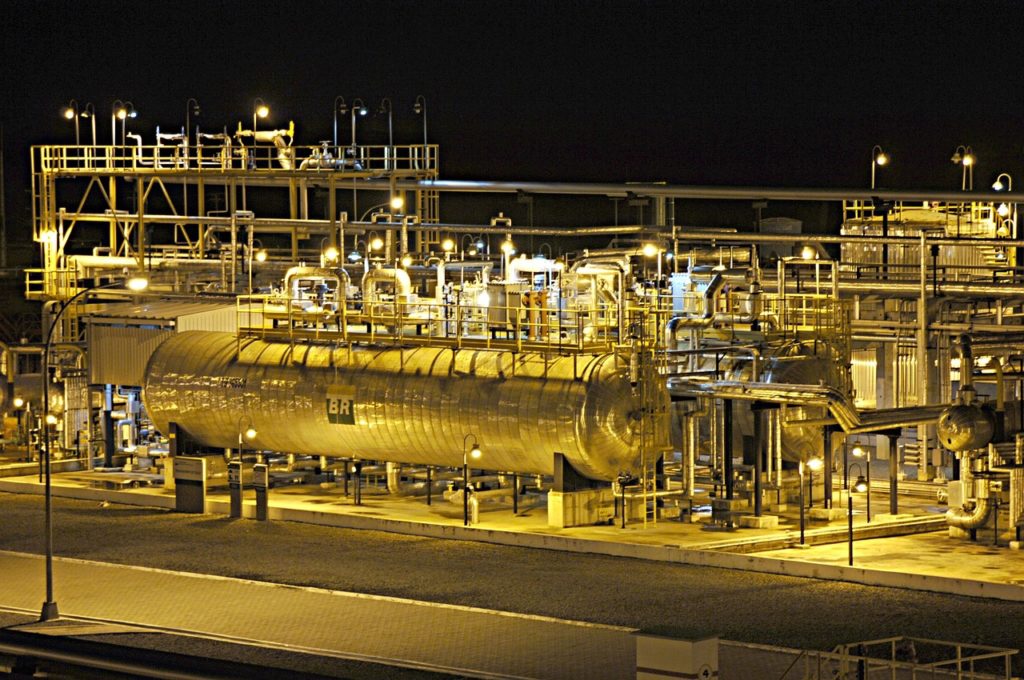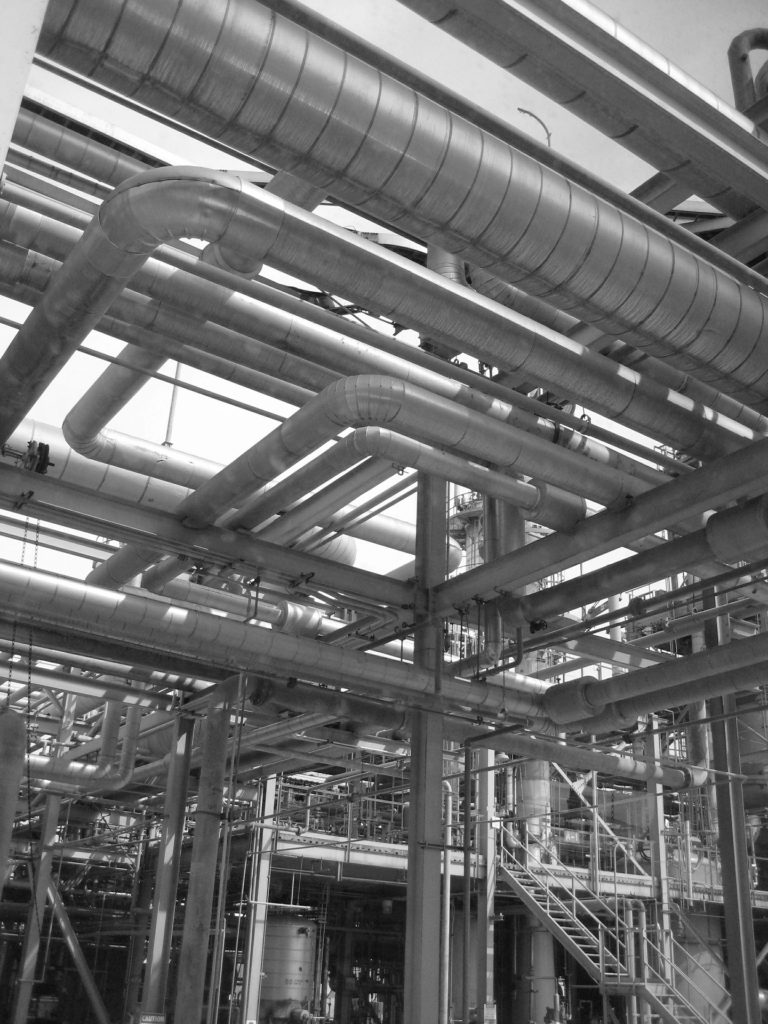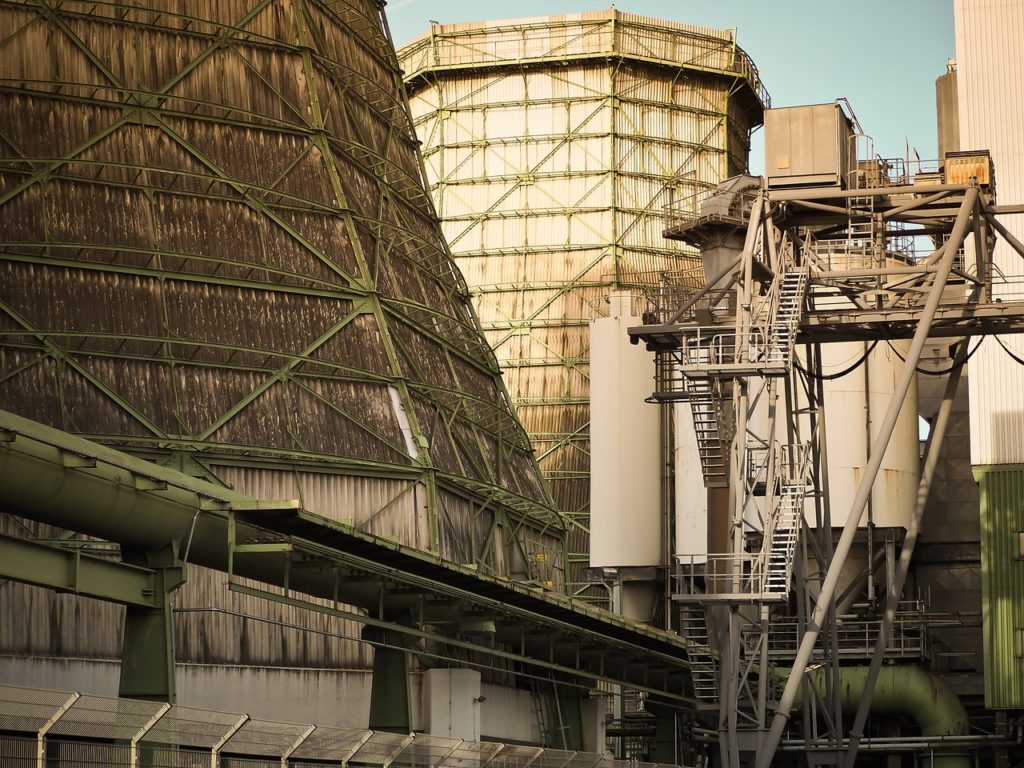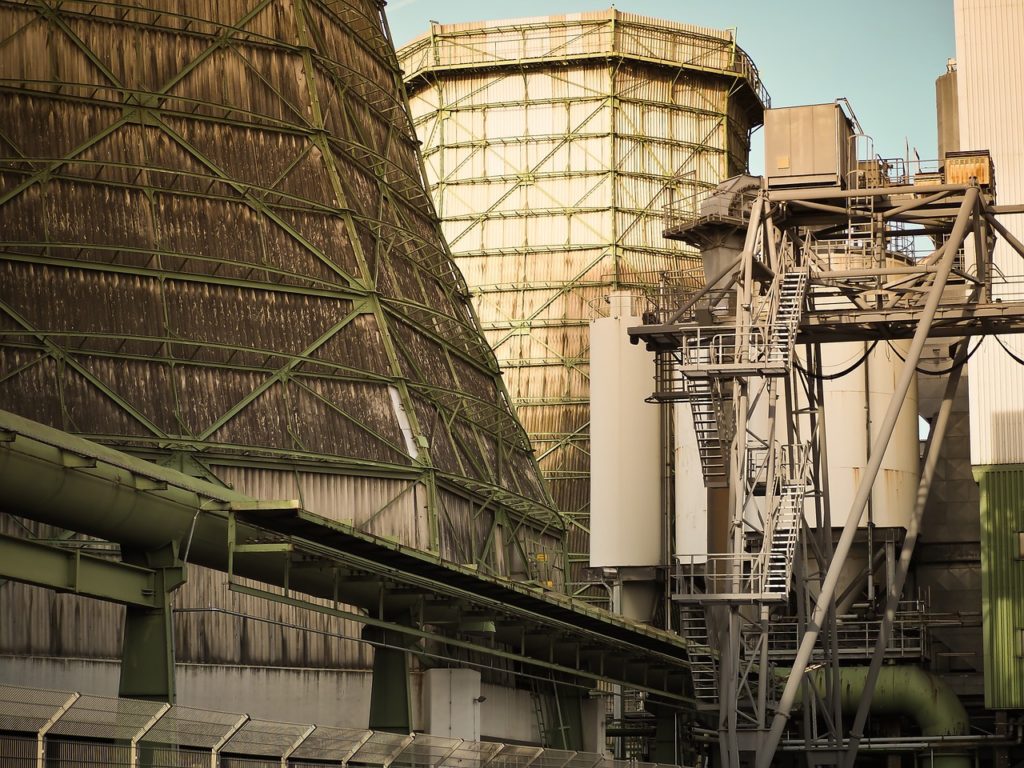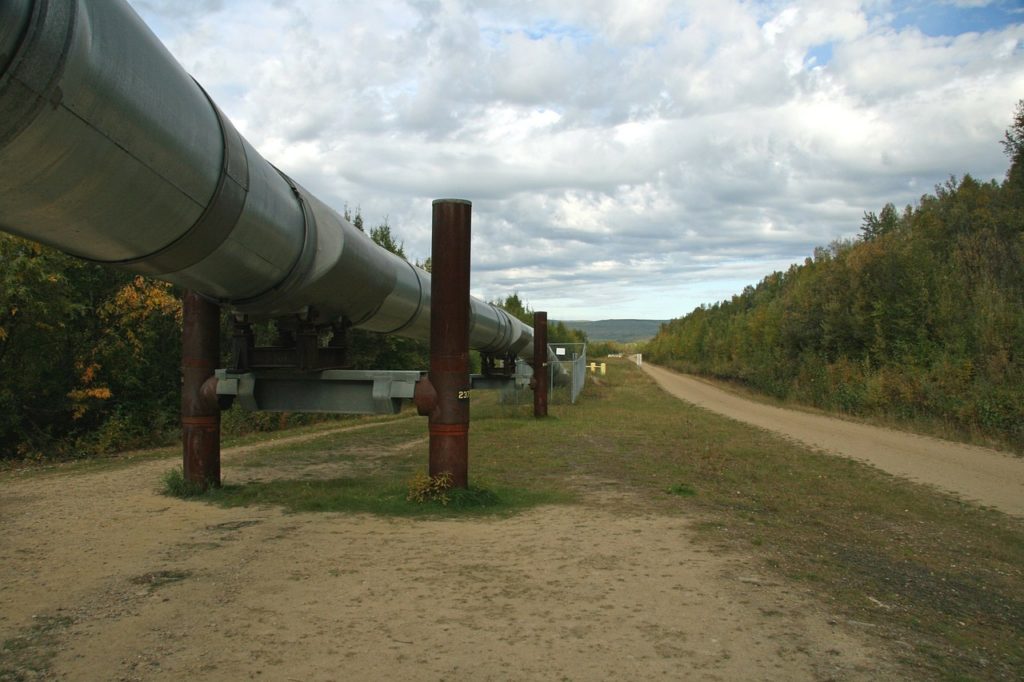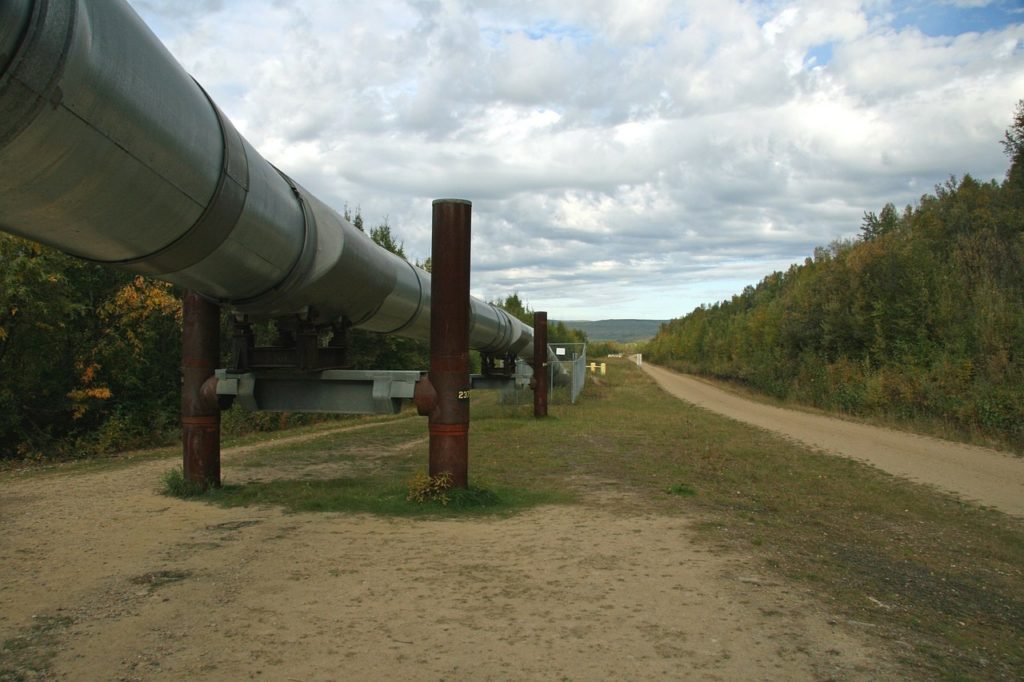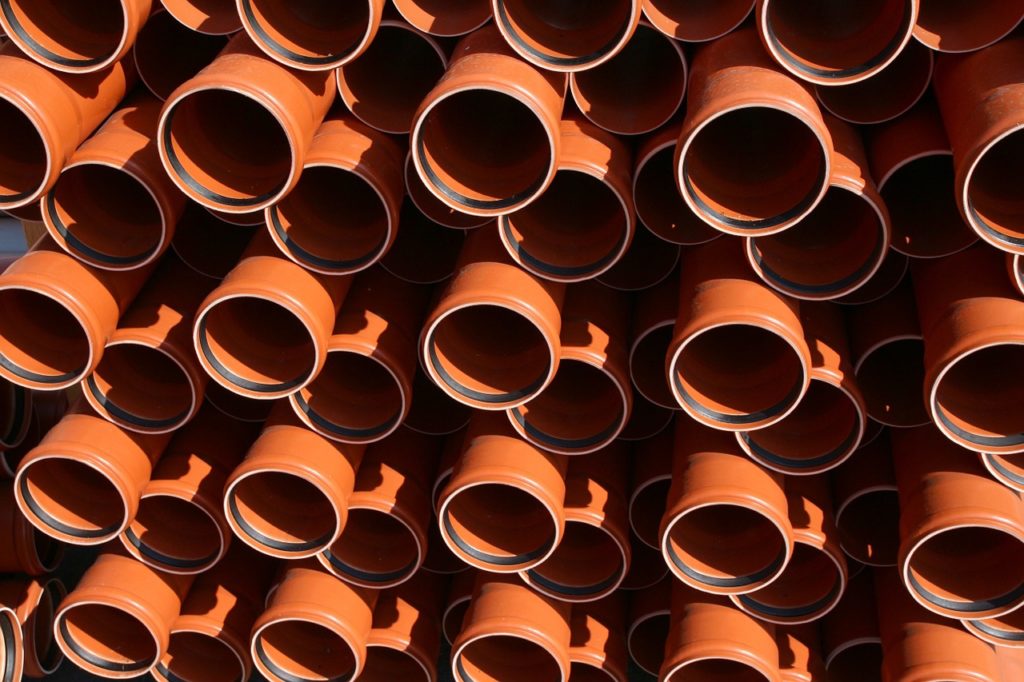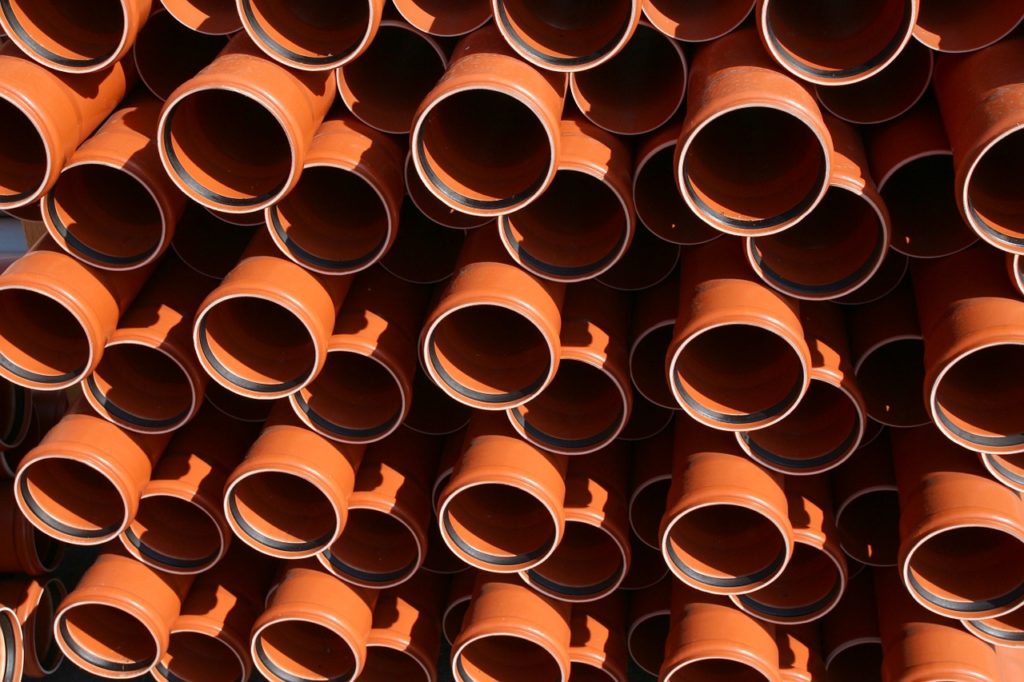How To: Calculate The Thickness Of An Unstayed Full Hemispherical Head
When completing ASME code calculations involving cylindrical components it is possible during examinations you will be required to know how to calculate the thickness of an unstayed full hemispherical head. I recommend before working on questions involving full hemispherical heads, you read over the material and complete the practice questions regarding How To: Determine The Thickness Of […]
How To: Calculate The Thickness Of An Unstayed Full Hemispherical Head Read More »

